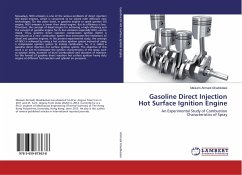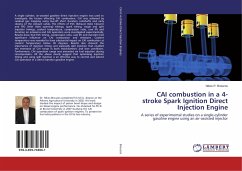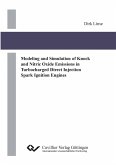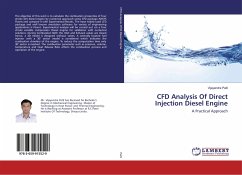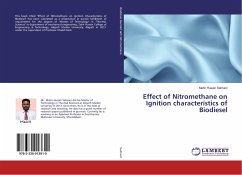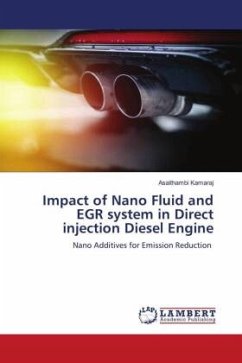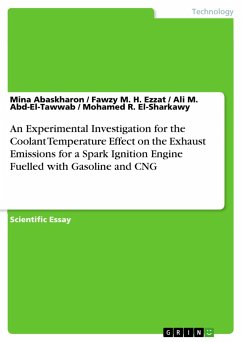Nowadays, NOX emission is one of the serious problems of direct injection (DI) diesel engines, which is concerned to be solved with different new technologies. On the other hand, in gasoline engine or spark ignition (SI) engine, NOX emission is lower than diesel engine. But its efficiency is low. Therefore, the concept of diesel engine for achieving a high efficiency and the concept of gasoline engine for its low emissions especially NOX, can be mixed. Thus, gasoline direct injection compression ignition (GDCI) is introduced as a new combustion system that overcomes the limitations of diesel and gasoline engines. In the present experimental study, the concept of GDCI is achieved by using a hot surface ignition system instead of using a compression ignition system to initiate combustion. So, it is called a gasoline direct injection hot surface ignition system. The objective of this work is an aim to investigate the ignition characteristics of the spray, such as ignition delay, duration of burn (combustion) and duration of injection for the format of gasoline direct injection hot surface ignition heavy duty engine at different fuel injection and cylinder air pressures.

